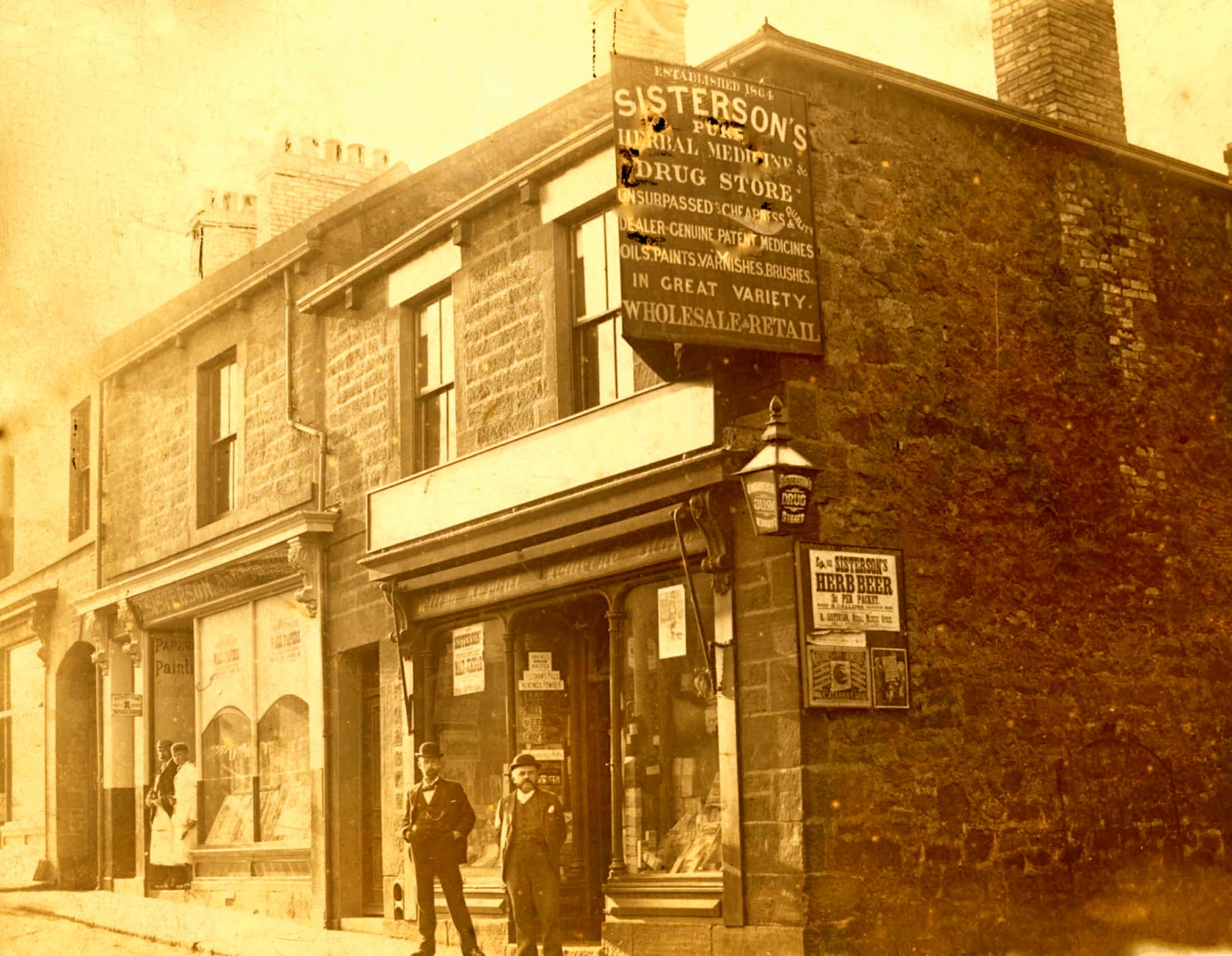There are two errors on The Felling Pit Disaster Memorial but there appears to be a conspiracy of silence surrounding these. One error is more understandable than the other. Let's take the more understandable one. It refers to 91 deaths and 91 names.
There are only 91 names because the name of No. 92 is/was unknown (although, a member of The Felling Heritage Group believes the name of the 92nd victim is now known)
The monument is both a grave marker and a memorial but let's here just concentrate on the memorial aspect because it is unlikely that the remains of all victims are buried in this place.
The memorial ought to reflect that 92 souls were lost in the disaster.
The other error is even less understandable. This disaster occurred on the first working day after a rest period, a factor that is, if not common, is at least more common than any other day, in pit accidents. In this case it was Monday morning on 25th May not Sunday 24th May.
The monument is both a grave marker and a memorial but let's here just concentrate on the memorial aspect because it is unlikely that the remains of all victims are buried in this place.
The memorial ought to reflect that 92 souls were lost in the disaster.
The other error is even less understandable. This disaster occurred on the first working day after a rest period, a factor that is, if not common, is at least more common than any other day, in pit accidents. In this case it was Monday morning on 25th May not Sunday 24th May.
Thousands of people over the years have known that the date is wrong but, if you look at reports on the internet you'll find no reference to it, until this entry gets picked up by Google.
It has previously been on the internet on Bill Hartmann's St Mary's website but, not uncommonly with Bill, the website has been taken down; in fairness, because the bulk of the information it contained is now on his Tyneside's Silent Cities website.
I wonder if the silence on the subject is in a mistaken deference to the Rev John Hodgson whose project it was to memorialise the dead and to take steps to avoid such disasters in the future. His post disaster actions were magnificent and cutting edge and the fact that a couple of errors crept in does not diminish his efforts. He certainly would not want a silence on the subject since he undoubtedly is number one on any list of North East historians and he would want historical facts known.
It has previously been on the internet on Bill Hartmann's St Mary's website but, not uncommonly with Bill, the website has been taken down; in fairness, because the bulk of the information it contained is now on his Tyneside's Silent Cities website.
I wonder if the silence on the subject is in a mistaken deference to the Rev John Hodgson whose project it was to memorialise the dead and to take steps to avoid such disasters in the future. His post disaster actions were magnificent and cutting edge and the fact that a couple of errors crept in does not diminish his efforts. He certainly would not want a silence on the subject since he undoubtedly is number one on any list of North East historians and he would want historical facts known.
Here's what I think. There ought to be a plaque placed, not on the memorial itself, which is probably "protected" but nearby, say on the inner face of the Churchyard wall, to recognise these two inaccuracies. There's no shame in doing this. The memorial is possibly/probably the first time in the history of the World that the "ordinary" dead were treated with such reverence so an 'erratum' plaque would not take anything away from the magnificence of the post disaster effort by Rev John Hodgson and others.
Having read much more on John Hodgson I can now tell you that the four engraved plates cost, in today's money, £1300. (£18. 15s. 0d back then)
Mark Lambert ( b. 1781 d. 1855) who did the engraving was, in his early working life, a wood engraving assistant to Thomas Bewick.
Here's something significant contained in the Memoir of John Hodgson by Rev Raine
Having read much more on John Hodgson I can now tell you that the four engraved plates cost, in today's money, £1300. (£18. 15s. 0d back then)
Mark Lambert ( b. 1781 d. 1855) who did the engraving was, in his early working life, a wood engraving assistant to Thomas Bewick.
Here's something significant contained in the Memoir of John Hodgson by Rev Raine
"I find the following bill among Hodgson's papers. " Rev. Mr. Hodgson to M. Lambert, Newcastle,. Ap. Four brass plates, and engraving do. for Felling sufferers, £18. 15s. Od. "
John Hodgson wrote the full report of the Pit Disaster and published it in book form to raise funds to deal with post disaster costs. It is possible that it was not on the best seller list and did not raise as much as was hoped but here's the last bit of Rev Raine's comment
"Feb. 3, 1818. Settled, M. Lambert."
The monument engraving was presumably commissioned in 1812 but was only paid for, 6 years later, in 1818. John Hodgson put huge effort into the post disaster period. The date 25th May and the victims, 92 of them but only 91 named would have been "engraved" on his mind (forgive the pun)
He had many wealthy friends and indeed his father-in-law was Richard Kell, Quarry Owner, a man of considerable wealth so it's not likely that he would have made a self employed sole trader wait 6 years for payment unless...the trader screwed up.
I, along with others, had assumed that the mistakes were those of John Hodgson but I now believe that the engraver got it wrong.



















































